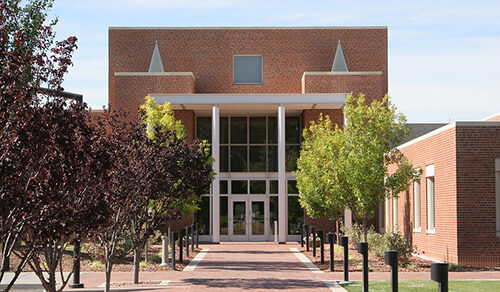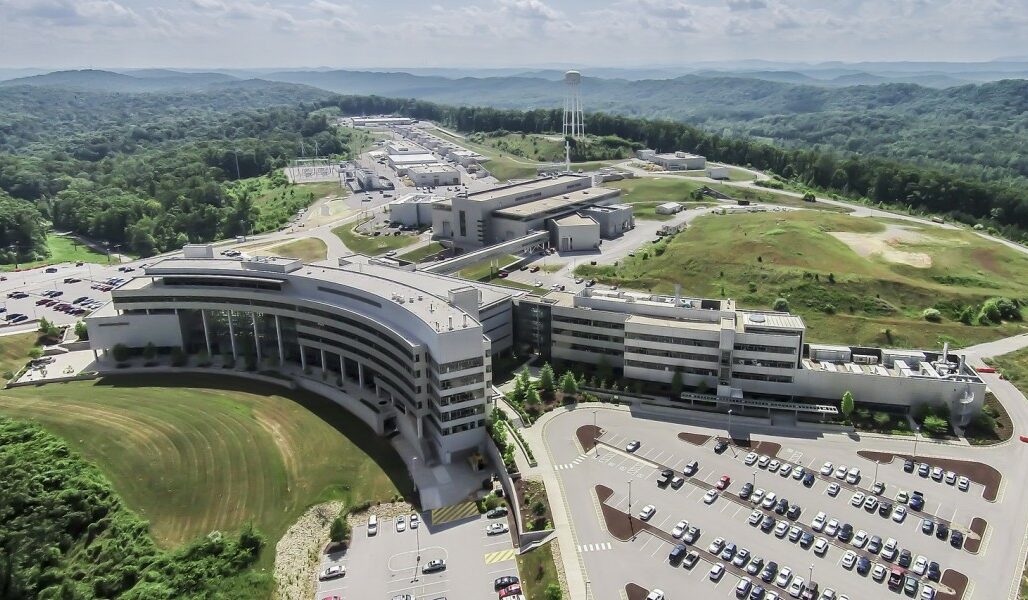Resources by DOE User Facility
Structural biology and imaging resources—together with today’s systems biology approaches— enable scientists to understand the relationships between plant and microbial genomes, protein structure and function, and environmental interactions important for bioenergy and environmental missions.
The U.S. Department of Energy (DOE) Biological and Environmental Research (BER) Program supports several specialized structural biology resources that are freely available to the research community. These advanced experimental research technologies, methodologies, instruments, and computational capabilities are at DOE Office of Science user facilities across the country. The resources give users access to capabilities and services beyond those possible in individual labs and provide expert support, assistance, and training.
This website serves as a portal for information on these resources, including the capabilities each offers and how users can access them. Also highlighted are scientific accomplishments the resources have enabled.
The spatial and temporal resolutions provided by these resources enable detailed characterization and imaging of biological structures and functional processes important to BER-funded researchers and centers. Measurements range from subnanometer to millimeter sample lengths and span experimental time scales from femtoseconds to days. Capabilities that provide molecular fingerprints and mechanistic and dynamic understanding of in situ processes help advance various high-priority BER science focus areas.
The BER-funded resources described on this site seek to promote and expand collaborations between DOE user facilities and researchers advancing BER science. Such interactions facilitate explorations of the fundamental science necessary to understand, manipulate, and design biological processes that underpin innovations in DOE’s bioenergy and environmental missions.
Characterization and imaging resources for structural biology research are located at synchrotron, neutron, and cryo-EM/ET user facilities across the United States. Explore details below on the specific resources that BER supports. All facilities except BER’s Environmental Molecular Sciences Laboratory (EMSL) are operated by DOE’s Basic Energy Sciences Program.
BER-Sponsored Resources at DOE User Facilities
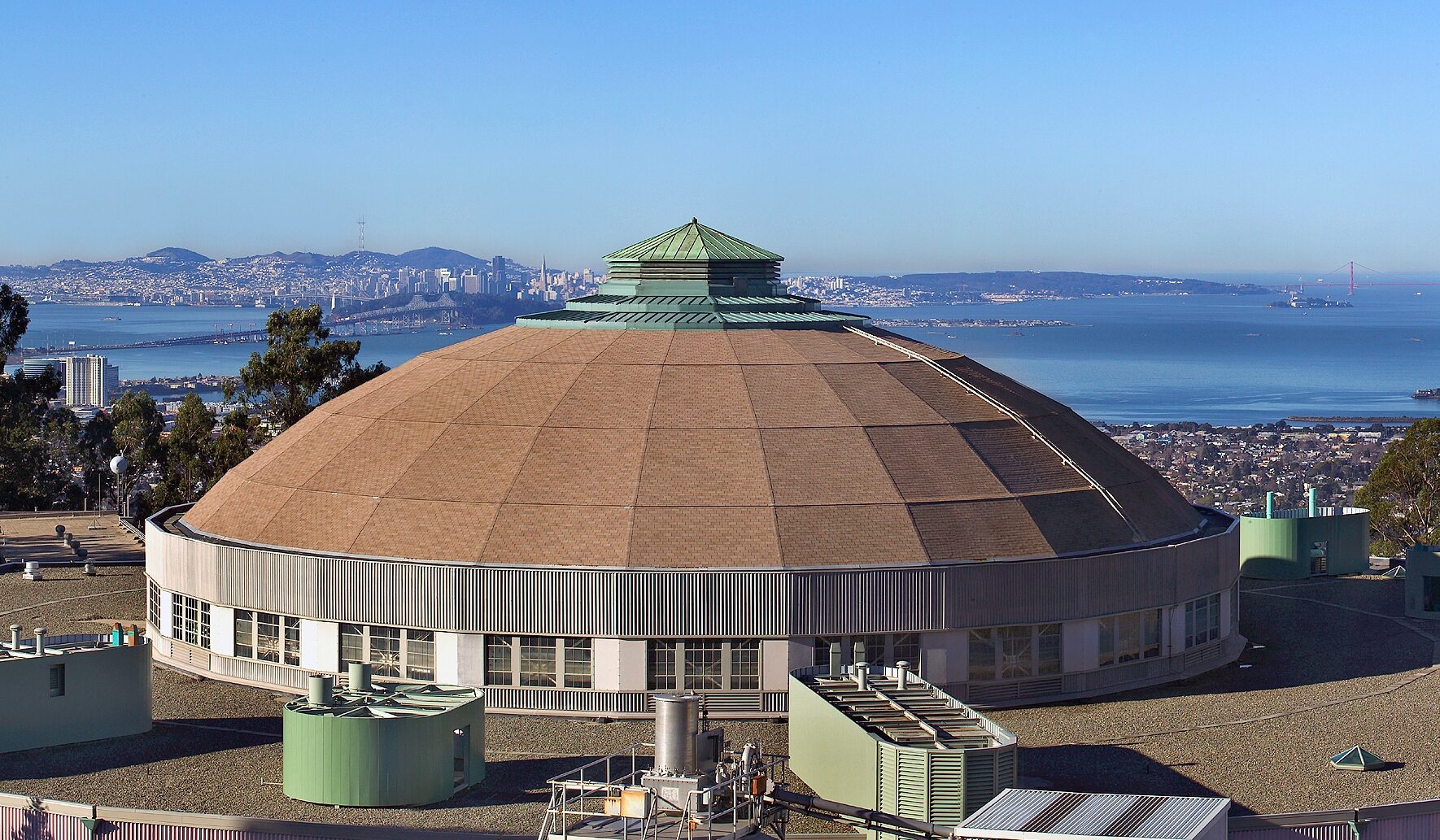
Advanced Light Source
Lawrence Berkeley National Laboratory
Berkeley Synchrotron Infrared Structural Biology: synchrotron infrared hyperspectral imaging (synchrotron Fourier-transform infrared spectromicroscopy)
National Center for X-Ray Tomography: soft X-ray tomography
Structurally Integrated Biology for the Life Sciences: solution X-ray scattering (small-angle X-ray scattering; SAXS), X-ray macromolecular crystallography
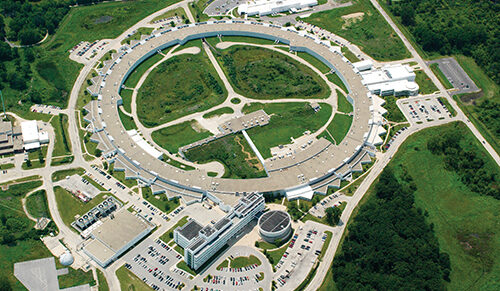
Advanced Photon Source
Argonne National Laboratory
eBERlight: hard X-ray tomography, X-ray macromolecular crystallography, X-ray spectroscopy, X-ray fluorescence imaging, small angle X-ray scattering, X-ray ptychography
LEGACY RESOURCE — Structural Biology Center: X-ray macromolecular crystallography
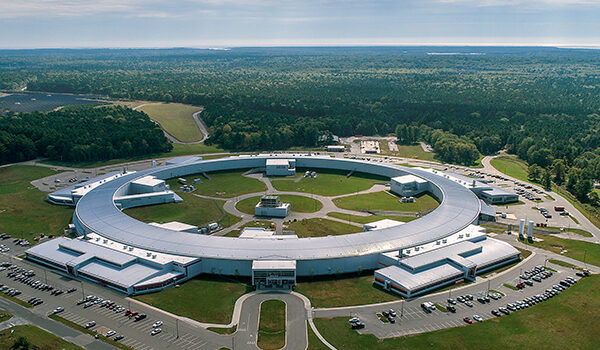
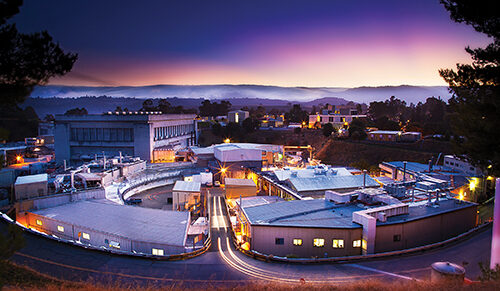
Stanford Synchrotron Radiation Lightsource
SLAC National Accelerator Laboratory
Structural Molecular Biology: solution X-ray scattering (small-angle X-ray scattering; SAXS), X-ray fluorescence imaging, X-ray macromolecular crystallography, X-ray spectroscopy
Stanford-SLAC Cryo-EM Center:
cryo-electron microscopy and cryo-electron tomography

